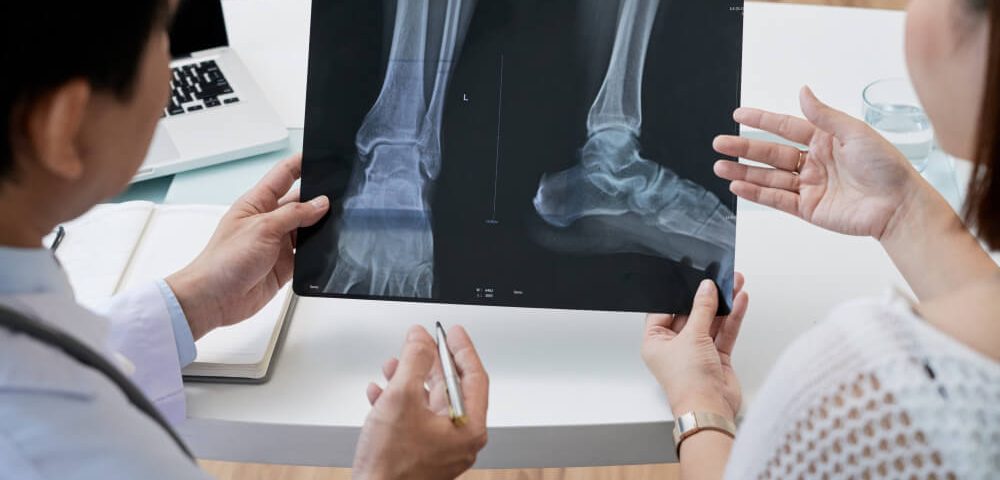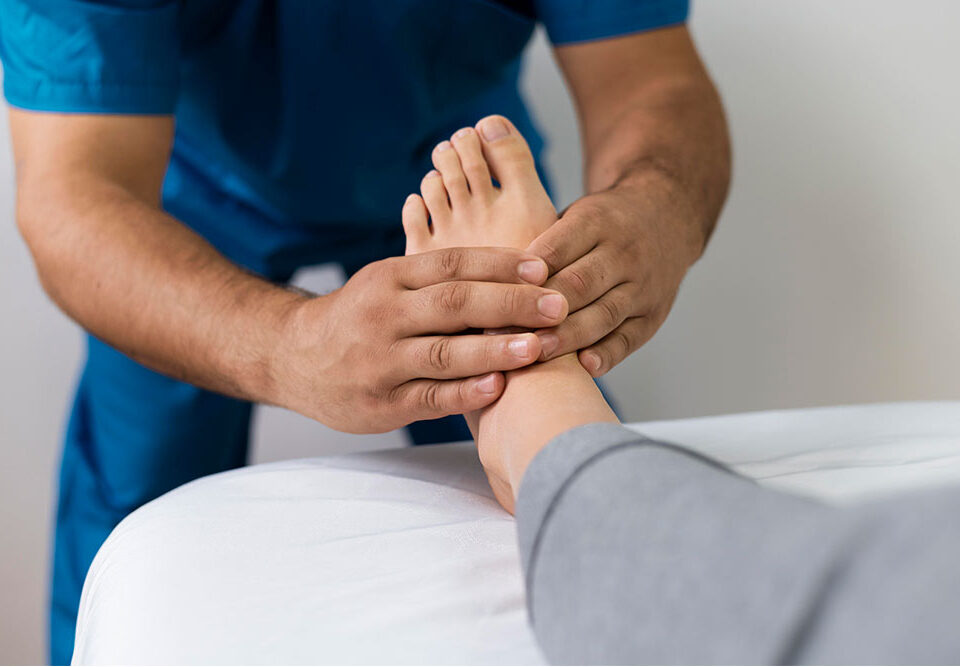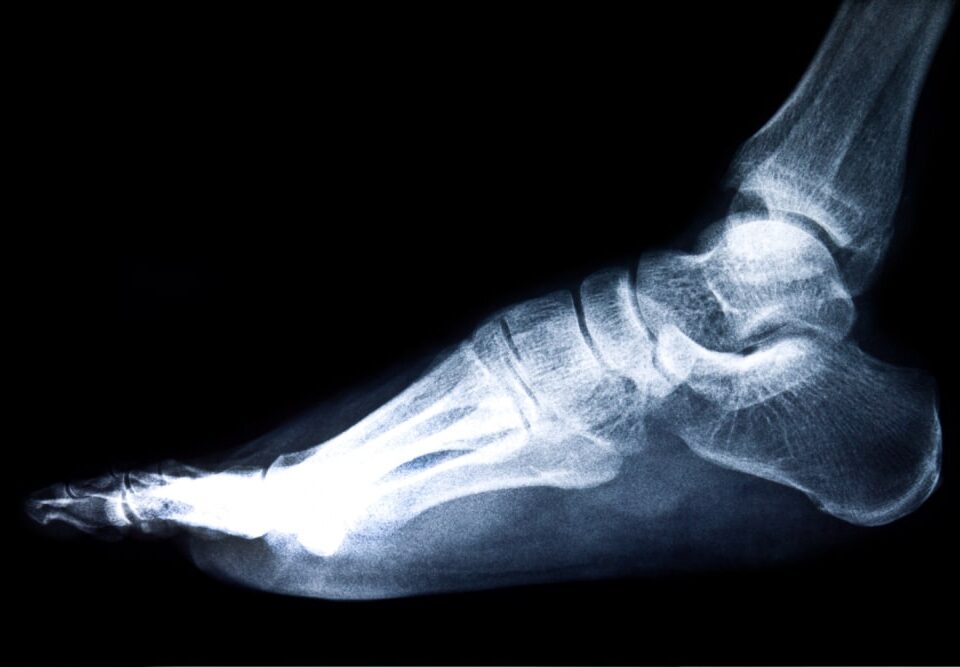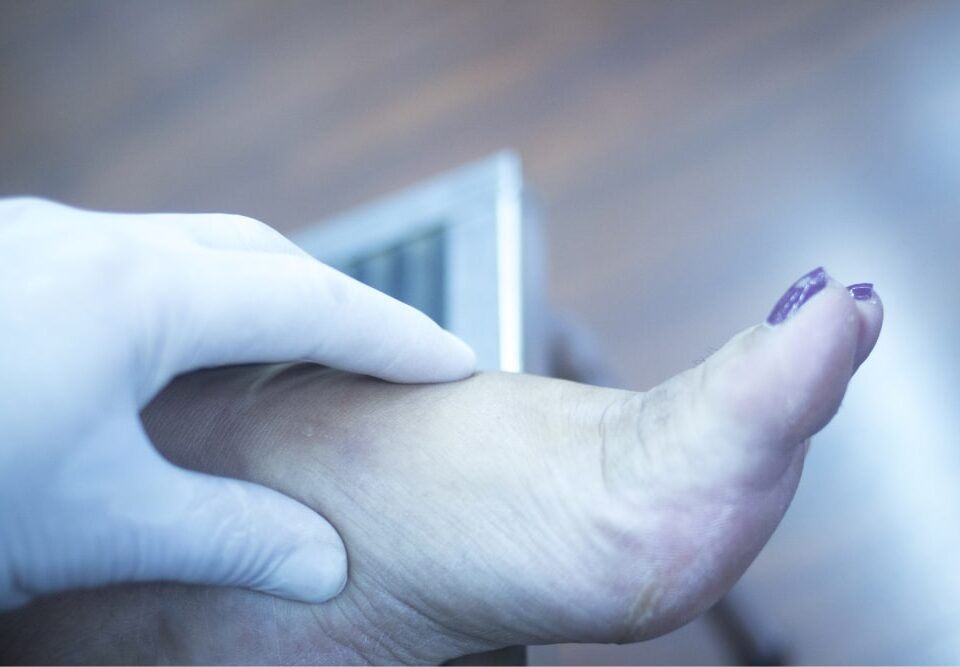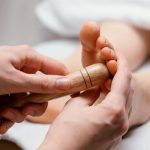
5 Methods to Prevent Hammertoes
August 28, 2025
Bunion Surgery Cost in Phoenix, AZ
October 2, 2025Bunions cause pain, swelling, and changes in how your foot looks. When other treatments do not work, surgery becomes the best option. Many people feel confused about which surgery they need. You do not need to search anymore. This guide explains the main types of bunion surgery clearly and in simple words.
Table of Contents
Toggle4 Types of Bunion Surgery
There are four types of bunion surgery. Each one fixes a different level of bunion problem. Your surgeon chooses the method that suits your foot shape, your pain level, and your health. Let’s take a closer look at different types of bunion surgery:
Osteotomy
Foot specialists Phoenix use osteotomy when the bunion is moderate and the joint is still healthy. This surgery cuts the bone near the big toe to straighten it. The surgeon moves the bone into the right place and holds it with small screws or a plate.
The joint is not removed. After healing, your toe still bends and works like before. This surgery fixes the shape of the toe but keeps the joint.
Arthrodesis
Doctors use arthrodesis when the joint in your big toe is badly damaged, often from arthritis or a severe bunion. In this surgery, the doctor removes the joint and connects the bones together.
Screws or a plate hold the bones in place until they grow into one solid bone. After healing, the toe no longer bends. This surgery stops pain by removing the joint completely.
Exostectomy
Doctors use exostectomy to remove the hard bump on the side of your big toe. It helps when the bunion is mild and causes rubbing or pain in shoes. This surgery does not move the bones or fix the real cause of the bunion.
The joint stays the same. Because of this, the bump can come back later. Doctors often do this surgery with another one that straightens the bone. On its own, it only helps for small bunions or for looks.
Minimally Invasive Bunion Surgery
Minimally invasive bunion surgery uses very small cuts. The surgeon uses special tools to move the bone and fix the bunion. This surgery causes less swelling and faster healing. The small cuts also leave smaller scars. Doctors use this for patients with mild to moderate bunions who want a quicker recovery and less pain after surgery.
How Do I Know Which Type of Bunion Surgery Is Right for Me?
Foot and ankle specialists of Arizona choose the best surgery by looking at several things, like:
- The size and shape of your bunion
- The condition of your big toe joint
- How you walk and move your foot
- Your X-rays and medical history
- Your age and how active you are
- If you need fast healing or strong long-term support
How Long Does Bunion Surgery Take?
Most bunion surgeries are not very long. In many cases, you can go home the same day. The time depends on the type of surgery and how much work the doctor needs to do. More complex surgeries may take longer.
Here is the usual time for each type:
- Exostectomy takes about 30 to 45 minutes.
- Osteotomy takes about 1 to 1 and a half hours.
- Minimally invasive surgery takes about 1 hour.
- Arthrodesis takes about 1 and a half to 2 hours.
What Are the Risks and Potential Complications of Bunion Surgery?
Possible risks include:
- Swelling in the foot after surgery.
- Numbness or tingling in the toe.
- Infection where the cut was made.
- The bunion comes back if the bone is not fixed well.
- Stiffness in the toe joint.
- The toe heals in the wrong position.
- Bones heal slowly or do not join together.
Final Thoughts
Bunions cause pain, change how you walk, and make simple tasks hard. Surgery offers a real solution when other treatments fail. There are many types of bunion surgery, and each one helps in a different way. Your doctor will study your case and suggest the right method.
FAQs
How Is the Right Bunion Surgery Chosen for Each Patient?
Doctors look at your X-rays, toe shape, walking pattern, and pain level.
What Does Recovery Look Like After Bunion Surgery?
Most people wear a boot or surgical shoe for a few weeks. Swelling can last for months.
Complete healing may take several months.
Is Minimally Invasive Surgery as Effective as Traditional Methods?
How Do I Get Ready for Bunion Surgery?
Your doctor will ask for medical tests and give you steps to follow. You may need to stop certain medicines or prepare your home for recovery.

